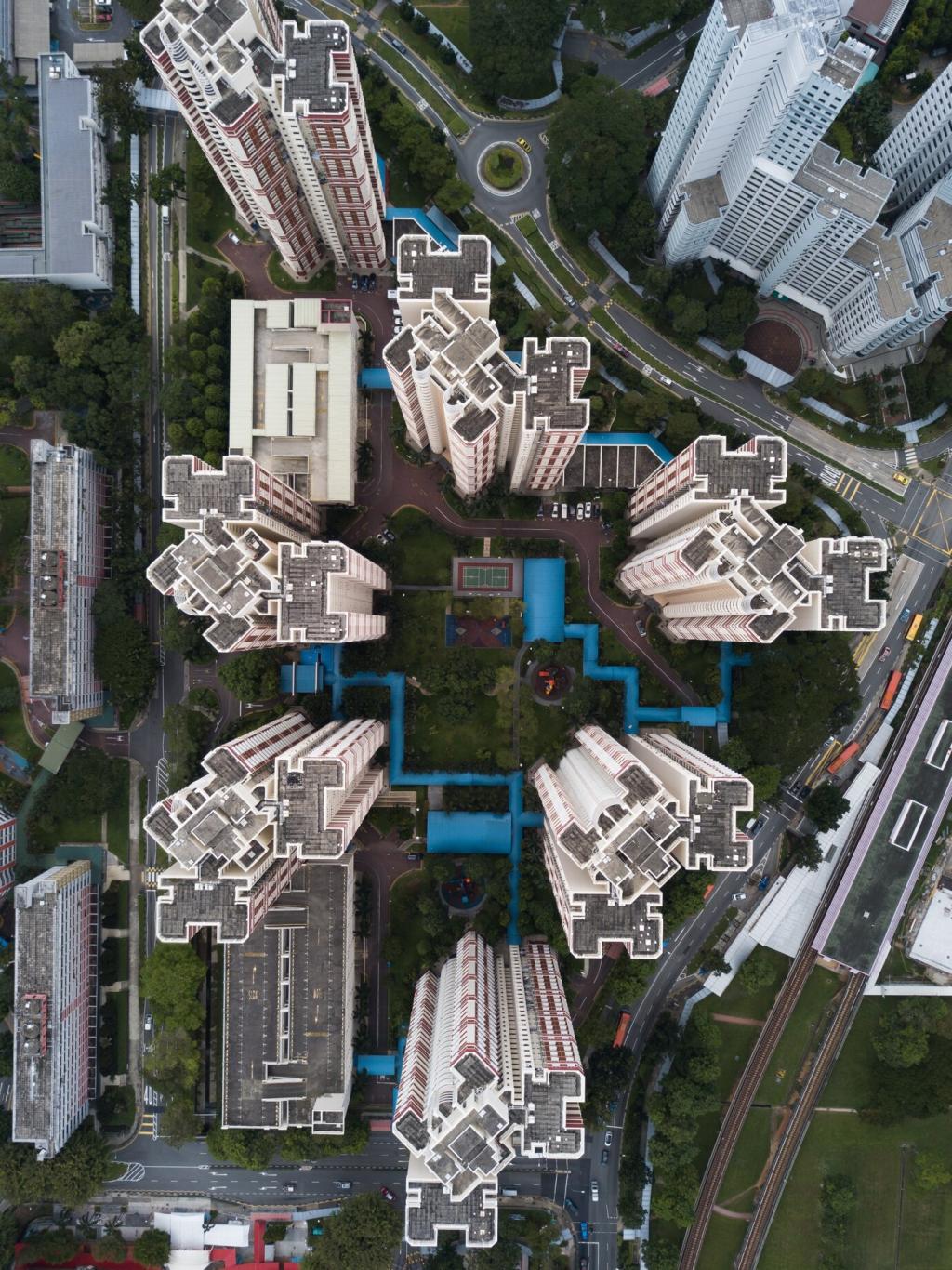Supply, Inventory, and Construction in Different Rate Cycles
When rates rise, builder financing and carrying costs increase, raising break-even prices. Some projects pause; others pivot to smaller footprints or phased releases. Incentives, rate buydowns, and design value-engineering often emerge to keep monthly payments attractive.
Supply, Inventory, and Construction in Different Rate Cycles
Homeowners with very low fixed rates hesitate to list, fearing higher costs on their next mortgage. This lock-in effect constrains resale inventory, pushing buyers toward new construction and intensifying competition for the few homes that do hit the market.









